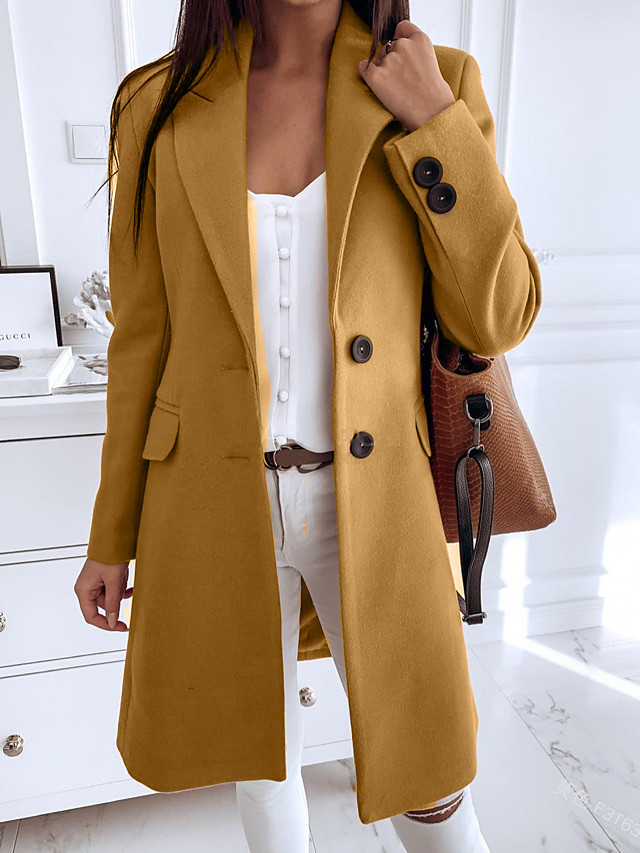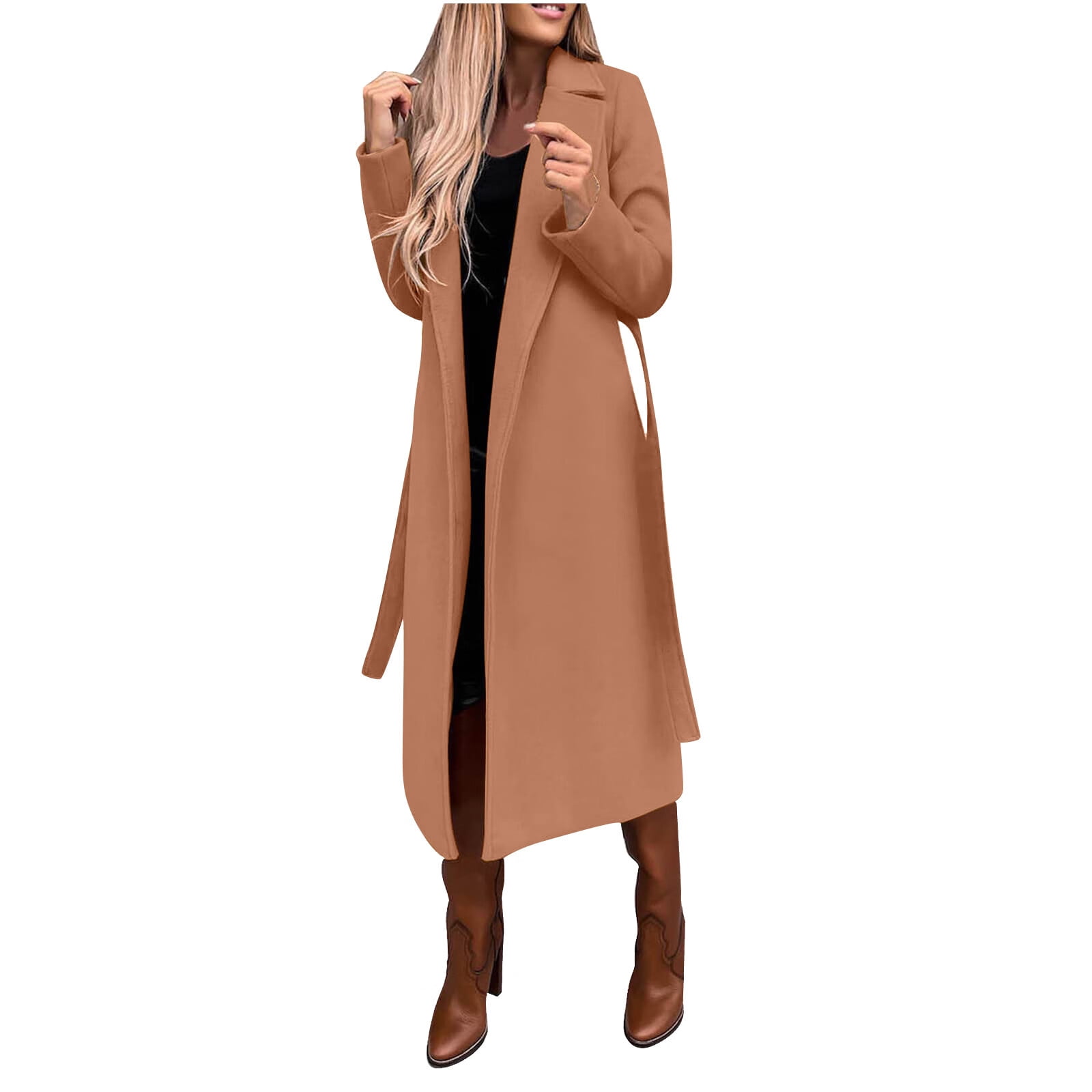The trench coat is one of fashion’s most iconic and enduring outerwear choices, known for its timeless style, versatility, and functionality. As temperatures drop and we shift from warmer to cooler months, you might find yourself asking: Is the trench coat best suited for fall or winter?
The History and Evolution of the Trench Coat
Origins of the Trench Coat
The trench coat originated as a practical garment designed for British soldiers during World War I, combining function and protection against the elements with style. Created by brands like Burberry and Aquascutum, the original trench coat was made from a water-resistant fabric called gabardine, designed to keep soldiers dry and warm in damp and muddy conditions. This iconic piece featured epaulettes, gun flaps, and belts — details that gave it both military functionality and a distinctive look.
Over time, the trench coat evolved from a strictly utilitarian garment into a fashion staple, becoming a popular choice for both men and women. From movie stars to fashion icons, the trench coat gained prominence in mainstream fashion throughout the 20th century, with its structured silhouette, belted waist, and signature neutral colors making it a versatile option for various weather conditions.
The Trench Coat as a Seasonal Staple
In recent decades, the trench coat has been embraced as a versatile outerwear option ideal for transitional seasons like fall and spring, as well as a layering option for milder winter days. The trench coat’s adaptability makes it a wardrobe staple for many, as it can be dressed up or down and worn in a variety of climates. Today, trench coats come in a range of materials and styles, from lightweight cotton blends to heavier wool-lined options, each designed to suit different seasonal needs.
Why Trench Coats Are Popular for Fall and Winter
There’s no denying that the trench coat has a universal appeal, but its popularity for both fall and winter often leads to some confusion. Lightweight, breathable, and water-resistant options make trench coats ideal for fall when the weather is still relatively mild, while lined and heavier styles can provide warmth in winter without sacrificing style. Because trench coats are available in various fabrics, colors, and thicknesses, they offer a great deal of flexibility and can be tailored to specific seasonal needs.
Whether you’re layering up for a brisk fall day or adding extra warmth on a milder winter afternoon, a trench coat can be the perfect choice. Let’s dive deeper into how the trench coat performs across different seasons and which variations are best suited for each.

Trench Coats for Fall: Ideal Temperatures and Styling Tips
Why Trench Coats Are Perfect for Fall
The fall season, with its crisp air and falling leaves, is a perfect match for the trench coat. This time of year typically brings cooler temperatures but not the deep cold of winter, making the trench coat’s lightweight yet protective design ideal. One of the primary reasons trench coats are popular in fall is because they offer just enough warmth without causing overheating, making them suitable for outdoor walks, commuting, or casual days out.
In fall, temperatures generally range between 10 to 20 degrees Celsius (50 to 68 degrees Fahrenheit), depending on the region. These milder conditions mean you can rely on a trench coat made from lighter fabrics like cotton blends, gabardine, or polyester. These materials provide coverage and help retain warmth, yet they are breathable enough for slightly warmer days.
Moreover, trench coats in fall can act as a shield against rain and wind, common in autumn weather. Many trench coats are treated with water-resistant coatings that help repel light rain, ensuring you stay dry without needing a bulkier, fully waterproof jacket. This makes the trench coat not only a stylish choice but also a practical one, blending functionality with elegance.
Styling a Trench Coat for Fall
When it comes to styling a trench coat for fall, layering is key. Because the temperatures can fluctuate throughout the day, layering light to medium-weight pieces under your trench coat allows you to stay comfortable. Here are some simple yet stylish ideas for pairing your trench coat with fall essentials:
- Layer with Sweaters and Shirts: A light sweater or knit top pairs well with a trench coat for fall. Opt for neutral colors like beige, gray, or camel to keep your outfit versatile. If it’s a warmer day, you can go with a simple long-sleeve shirt.
- Go for Earthy Tones: Fall is all about earthy colors, and trench coats in hues like camel, olive, and rust blend seamlessly with the autumn palette. Pair these with denim or khaki pants for a cohesive look.
- Accessories for Fall: A scarf can be a perfect addition to a trench coat for added warmth on chilly mornings. Plaid and neutral-colored scarves are popular in fall and add a pop of pattern to the look. Leather gloves and classic ankle boots can complete your fall trench coat ensemble.
- Choosing Footwear: For a casual day look, consider pairing your trench coat with loafers, sneakers, or ankle boots. On rainy fall days, water-resistant boots can keep your feet dry without sacrificing style.
Here’s a quick table showing some recommended combinations for fall trench coat styling:
| Outfit Component | Fall Styling Recommendation |
|---|---|
| Base Layer | Sweater, long-sleeve shirt |
| Trench Coat Color | Camel, beige, olive, rust |
| Accessories | Scarf (plaid or neutral), leather gloves |
| Bottoms | Denim, khaki, or tailored trousers |
| Footwear | Loafers, ankle boots, water-resistant boots |
By combining these items, you can achieve a balanced and stylish look for fall, keeping comfortable as temperatures start to dip. Whether you’re dressing up for work or heading out for a casual weekend, the trench coat is versatile enough to adapt to a variety of settings, making it a go-to piece for fall.

Trench Coats for Winter: Staying Warm in Colder Months
Are Trench Coats Warm Enough for Winter?
When winter arrives, temperatures drop, and many people wonder if their trench coat will provide sufficient warmth. The answer largely depends on the trench coat’s material, insulation, and layering. While classic trench coats may seem more suited for transitional weather like fall, there are winter-specific trench coats designed to handle colder conditions, often with features like thick linings, wool blends, or additional insulation.
For winter, trench coats made from heavier materials like wool, cashmere, or leather blends can offer greater warmth compared to lighter, fall versions. These winter trench coats often include a thick lining made from materials like fleece or shearling, which provides extra insulation without significantly adding to the coat’s bulk. Additionally, longer trench coats that reach the knees or mid-calf offer more protection from the cold, helping to keep your legs warm, especially in windy conditions.
However, in extreme winter temperatures (below 0 degrees Celsius or 32 degrees Fahrenheit), a trench coat alone may not be sufficient unless it’s heavily insulated. In these cases, it’s recommended to layer effectively, adding thermal layers underneath or opting for a more robust winter coat. If you live in a region with milder winters, a winter trench coat should keep you comfortable with the right layering strategy.
How to Layer a Trench Coat for Winter
Layering becomes essential when wearing a trench coat in winter, as it helps create an extra barrier against the cold. Here’s a practical guide to layering your trench coat for warmth during winter:
- Thermal Base Layers: Start with a thermal or heat-retaining base layer, such as a long-sleeve thermal shirt or heat-tech top. This will keep you warm without adding much bulk.
- Add a Sweater or Fleece: On top of your base layer, add a cozy sweater, fleece, or even a lightweight puffer vest. Wool and cashmere sweaters work particularly well, as they’re warm yet breathable.
- Consider a Vest for Extra Insulation: A quilted or down vest can be added over your sweater and under your trench coat for an added layer of insulation. This is especially helpful for days when you need extra warmth but don’t want to wear a heavy coat.
- Use Scarves and Accessories: A thick scarf, along with gloves and a beanie, can make a big difference in keeping you warm while wearing a trench coat in winter. Wool scarves are ideal as they’re both warm and stylish, providing a barrier against chilly winds.
These layering techniques can help transform a trench coat into winter-ready outerwear. Below is a table summarizing recommended layers to wear under a trench coat for winter:
| Layer Type | Winter Layering Recommendation |
|---|---|
| Base Layer | Thermal long-sleeve or heat-tech shirt |
| Middle Layer | Wool or cashmere sweater, fleece |
| Optional Insulation Layer | Down or quilted vest |
| Accessories | Wool scarf, gloves, beanie |
Winter Styling Tips for Trench Coats
When styling a trench coat for winter, consider pairing it with seasonal essentials that enhance warmth while keeping your look polished. Here are some tips to make your trench coat work for winter:
- Wear with Winter Boots: Opt for insulated or water-resistant winter boots for added warmth and protection against snow or rain. Classic black boots or neutral tones pair well with most trench coat colors.
- Choose Darker Colors for Winter: While lighter colors like beige and camel are popular for fall, winter is a great time to experiment with darker shades. Black, navy, charcoal, and olive-green trench coats tend to look sophisticated in winter while hiding any dirt or moisture from snow and rain.
- Add Texture with Accessories: Winter offers an opportunity to add rich textures, such as chunky knit scarves, leather gloves, and wool hats. These accessories can elevate a trench coat outfit, making it look more winter-appropriate and adding warmth where needed.
- Opt for Longer Styles: A longer trench coat will provide extra warmth and coverage, especially in windy winter conditions. Mid-calf or full-length trench coats are ideal for winter as they help shield your lower body from cold temperatures.
Here’s a chart showing the ideal trench coat features and accessories for winter styling:
| Winter Trench Coat Feature | Benefit |
|---|---|
| Insulated lining | Added warmth and comfort |
| Water-resistant material | Protection from rain and snow |
| Longer length | Extra coverage for legs and lower body |
| Dark colors | Hides dirt and looks sophisticated |
| Winter accessories (scarf, hat, gloves) | Extra warmth and style |
In winter, trench coats can provide a stylish alternative to bulkier winter coats, especially in moderate climates. By choosing a trench coat with winter-specific features and layering thoughtfully, you can enjoy the classic look of a trench coat without sacrificing warmth.

Key Differences Between Fall and Winter Trench Coats
Material and Fabric Variations
One of the most noticeable differences between fall and winter trench coats is the type of material used. Fall trench coats are typically made from lighter, breathable fabrics like cotton blends, gabardine, or polyester. These materials allow for comfort during mild fall days and provide a level of wind and water resistance without being overly warm. They’re designed to keep you comfortable in temperatures ranging from around 10 to 20 degrees Celsius (50 to 68 degrees Fahrenheit).
In contrast, winter trench coats often feature heavier, insulating fabrics that are better suited for colder weather. Common materials for winter trench coats include wool blends, leather, and even down-insulated linings. These materials not only provide added warmth but also act as an effective barrier against wind and moisture. Wool trench coats, for example, have excellent heat-retaining properties, while leather provides natural insulation and can be lined with fleece or shearling for extra warmth.
To help clarify the differences, here’s a table showing the ideal materials for trench coats in each season:
| Season | Recommended Materials for Trench Coats | Characteristics |
|---|---|---|
| Fall | Cotton blends, gabardine, polyester | Lightweight, breathable, water-resistant |
| Winter | Wool blends, leather, down-insulated fabrics | Heavy, insulating, retains warmth in colder temps |
Length and Fit Adjustments for Different Seasons
Another key factor to consider when choosing between a fall and winter trench coat is the length and fit. Fall trench coats often come in shorter or mid-length designs, making them easy to layer over lighter clothing without adding too much bulk. A shorter trench coat can work well for casual outings in the fall, as it provides sufficient coverage without restricting movement or trapping excess heat.
Winter trench coats, on the other hand, are often designed with a longer silhouette, extending to the knees or even mid-calf. This extra length helps protect the lower body from cold winds and keeps more of your body covered in frigid temperatures. Additionally, the fit of winter trench coats tends to be slightly roomier, allowing for easy layering with thicker clothing like sweaters or down vests.
For those looking to invest in a trench coat they can wear across seasons, a mid-length trench coat in a neutral color might be the best choice. However, if you’re choosing a trench coat specifically for winter, going for a longer style can make a noticeable difference in comfort and warmth.
Water Resistance and Weather Protection
The trench coat’s ability to protect against rain and wind is another crucial aspect that varies between fall and winter styles. Water resistance is a standard feature in most trench coats, but the level of weather protection can vary based on fabric and treatment. Fall trench coats are often treated with a water-repellent coating, which is suitable for light rain or drizzle — common in the fall. This coating helps to keep you dry without compromising breathability, making it ideal for fluctuating fall weather.
Winter trench coats, however, might include more robust waterproofing or thicker outer shells to protect against snow and heavier rain. Some winter trench coats incorporate materials like GORE-TEX or other waterproof fabrics that are designed to withstand harsher weather conditions. These coats may also include storm flaps, adjustable cuffs, and other features that help seal out cold air and moisture.
Here’s a quick comparison chart for water resistance in trench coats by season:
| Feature | Fall Trench Coats | Winter Trench Coats |
|---|---|---|
| Water resistance | Water-repellent coating for light rain | Waterproof or water-resistant, suited for snow |
| Wind protection | Moderate wind resistance | High wind resistance, often with storm flaps |
| Outer shell options | Light, breathable outer shell | Thicker, insulating outer shell |
These distinctions in material, length, fit, and weatherproofing can help you decide which type of trench coat is best for each season. Understanding these features ensures you get the right level of warmth and protection while enjoying the timeless style of a trench coat, whether you’re walking through a fall breeze or braving a winter chill.
Originally posted 2024-11-05 06:02:09.